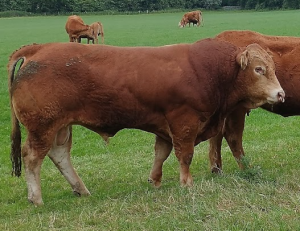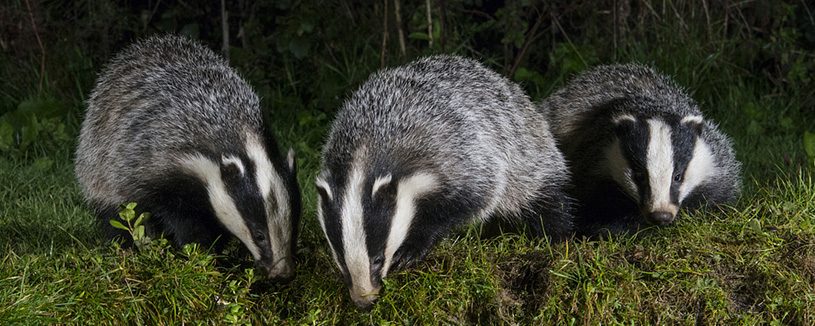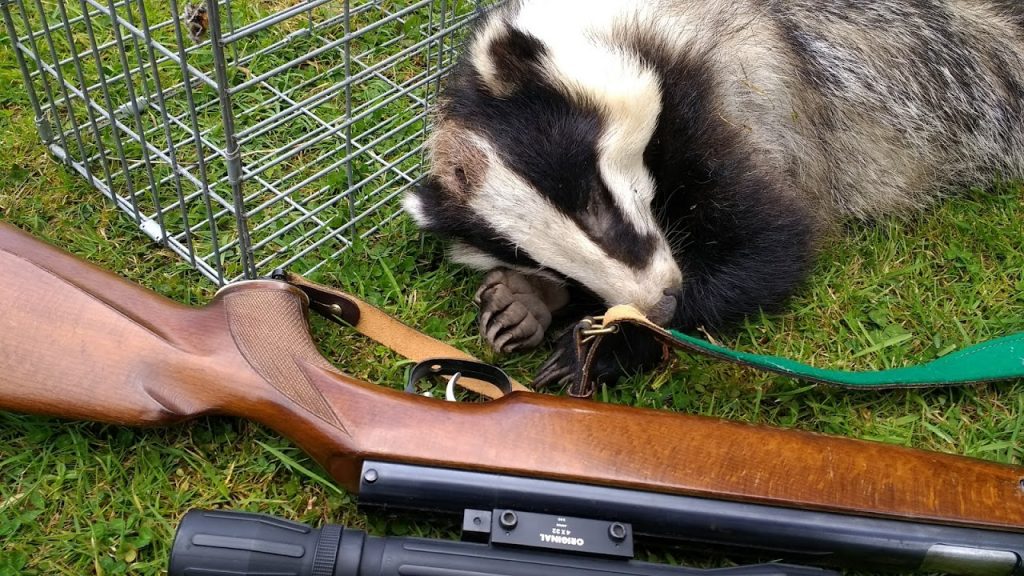 On 19th August, Defra sent an email to ‘stakeholders’ announcing that as part of the work to refresh the bTB strategy, it will be “enhancing test sensitivity in cattle herds”. This is “to help identify infected cattle which may not have been detected by the skin test.” This news doesn’t seem to have been reported very widely, but has been covered by South West Farmer.
On 19th August, Defra sent an email to ‘stakeholders’ announcing that as part of the work to refresh the bTB strategy, it will be “enhancing test sensitivity in cattle herds”. This is “to help identify infected cattle which may not have been detected by the skin test.” This news doesn’t seem to have been reported very widely, but has been covered by South West Farmer.
Defra say:
“At present, mandatory interferon-gamma (‘gamma’) blood testing applies to certain TB breakdown herds in the High Risk Area (HRA) and six-monthly surveillance testing parts of the Edge Area of England. We are working to extend gamma testing to all herds experiencing a new breakdown with Officially Tuberculosis Free Withdrawn (OTFW) status in the HRA and six-monthly parts of the Edge Area. ”
“Therefore, farmers with eligible herds in these areas will be able to apply to APHA from 01 September 2025 for government-funded gamma testing as a voluntary option. All cattle with a positive gamma test result will be removed and usual valuation and compensation procedures will apply.”
“Using the skin and gamma tests together is proven to increase test sensitivity, particularly in herds where Bovine Tuberculosis has already been identified. This means infected animals can be detected and removed from the herd earlier, reducing the spread of the disease within the affected herd and the risk of future breakdowns after the herd has regained its Officially TB Free (OTF) status.”
This change is a voluntary one. If you don’t want to know whether your cattle have bTB using Gamma, you’re not obliged to find out. While the option for extra testing is welcome, it raises some interesting questions.
Strange Timing?
Government’s updated bTB control strategy is scheduled for spring 2026. It is to take its lead from a ‘Godfray Group’ review of new science published since the 2018 review, and this new review is expected shortly.
So why the urgency to push Gamma now? Could it be that APHA’s ‘Year End Descriptive Epidemiology Reports’ show that their long-term objective of reducing OTF-W (Officially TB Free Withdrawn) incidence to less than 1% has absolutely no hope of success & they really can’t afford to delay any longer?
Might Godfray have decided that OTF-S (Officially TB Free Suspended) is in reality a sufficiently accurate measure of new infection (see explainer), and the implication of this is that any fall in bTB has been modest and is levelling off to reflect the inadequate capacity of the flawed current approaches. Could the very high profile bTB breakdown at Clarkson’s Diddly Squat Farm have had some influence in this decision? (See Farmers Weekly take on this). Clarkson did say he would be speaking to officials at Defra…. It appears, incidentally, that he has bought from herds that have been in breakdown over the last five years or so.
It was use of Gamma that has reduced bTB since 2013
APHA’s scientific paper analysing the results of the Badger Culling Policy (BCP) (Birch et al 2024) claimed a 56% bTB reduction benefit over the period of badger culling. What it failed to articulate with clarity was that BCP was really a mixture of culling, increased frequency SICCT cattle testing and the introduction of Gamma testing in badger cull areas, and much earlier than indicated in that report.
Mis-describing the extent and timing of use of Gamma, that paper implied, with muddled wording, that badger culling was responsible for the disease benefit measured. The reality is that declines in bTB most closely mirror the introduction of enhanced cattle measures. Analysis of competing models in Langton et al 2022 suggested that the best random effects model was the one without badger culling as a co-variate; all the random effects models which included ‘cull’ failed to identify an effect of culling. Perhaps this is beginning to sink in at Defra.
What about the other cattle tests?
Anybody who has watched the BBC’s “Brian May: the Badgers, the farmers and me” will know that extensive efforts using a suite of cattle tests have been trialed for 10 years by vet Dick Sibley at Gatcome Farm in Devon. Working around Defra’s strict and problematic rules about the use of cattle testing, this groundbreaking work has shown not only how different tests can be used to identify the disease at different times in the life of cattle, but also how to use such a process to effectively manage infected animals to minimize spread. Where then, is the plan to utilize the full range of cattle tests that could be used to drive down disease?
So, is the new introduction of optional Gamma testing a token response to the clear failure of badger culling and recognition of a need for change? Alone, it will simply find more disease, delay OTF declaration and drive up OTF-S and OTF-W figures. An increase that misguided commentators will then no doubt claim is ‘due to badger culling being stopped’.
It’s too little too late; whether or not Defra attempt to cling to the flawed RBCT publications and badger blame game is about to be revealed. Their problem is that they surely won’t want to admit they wasted £100’s of millions and killed 250,000 badgers for nothing, so they may well be reluctant to accept what has become obvious to the world of science and statistics; badgers have not been shown to be a significant factor in the control of bovine TB in cattle herds.




